 LIMITED SPOTS
All plans are 30% OFF for the first month! with the code WELCOME303
LIMITED SPOTS
All plans are 30% OFF for the first month! with the code WELCOME303

 LIMITED SPOTS
All plans are 30% OFF for the first month! with the code WELCOME303
LIMITED SPOTS
All plans are 30% OFF for the first month! with the code WELCOME303

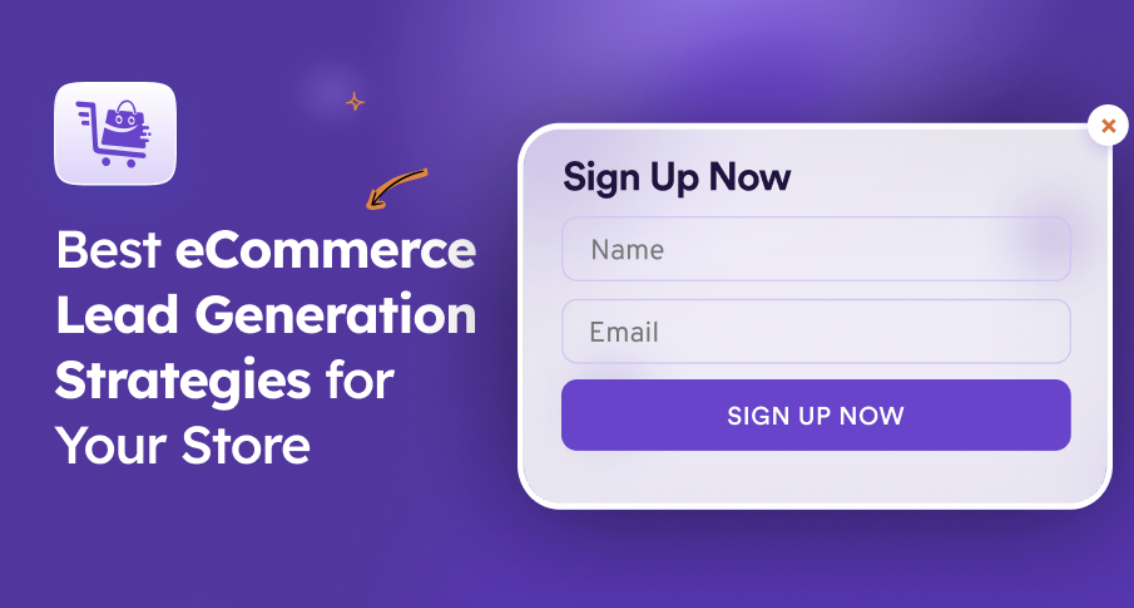
I’ve been working with eCommerce stores for many years, and one thing is clear: getting quality leads isn’t easy. Without the right strategies, most visitors just browse and leave.
The average conversion rate for eCommerce lead generation is 14.6%
But most store owners never reach this because their lead generation isn’t optimized. I am not telling it’s you, but maybe.
I’ve also seen too many stores rely on random posts, generic ads, or simple forms. And then they wonder why traffic doesn’t turn into customers.
That’s why I’ve put together this guide on the best eCommerce lead generation strategies. By the end, you’ll learn which ones can help you capture more leads and grow your store.
So let’s get started,
Lead generation turns visitors into qualified leads and future customers.
It helps to attract visitors, capture their info, nurture them, and convert them into buyers.
Top 5 strategies:
SEO: Rank on the 1st page to get organic traffic from people actively searching for your products.
Content Marketing: Offer guides, blogs, or videos to collect emails and engage potential leads.
Email Marketing: Send campaigns to nurture leads on mobile devices and guide them toward purchases.
Discounts & Deals: First-time offers or limited-time promotions encourage visitors to share contact info and make a first purchase.
Lead Magnets: Free guides/tools to get key contact information.
Implementing these strategies grows your leads, improves conversions, and increases revenue.
Final Verdict: Recover lost leads and abandoned carts with Cart Lift to capture every potential customer.
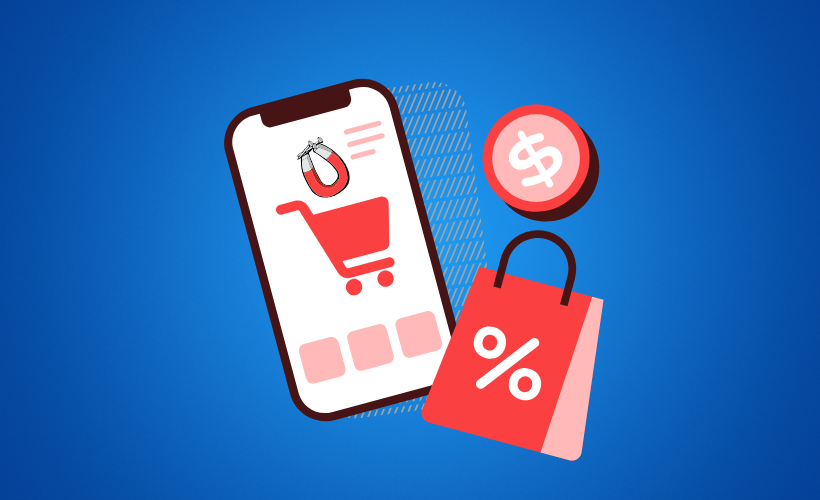
eCommerce lead generation is attracting potential customers and collecting their contact information.
The goal is to turn these leads into paying customers over time.
For example, if you run a fitness gear store, you could offer a free 7-day workout plan in exchange for an email. Then you can send them tips, product suggestions, and special offers.
Effective lead generation expands your audience, boosts conversions, and drives revenue growth. It’s about capturing the right people who are actually interested in your products.

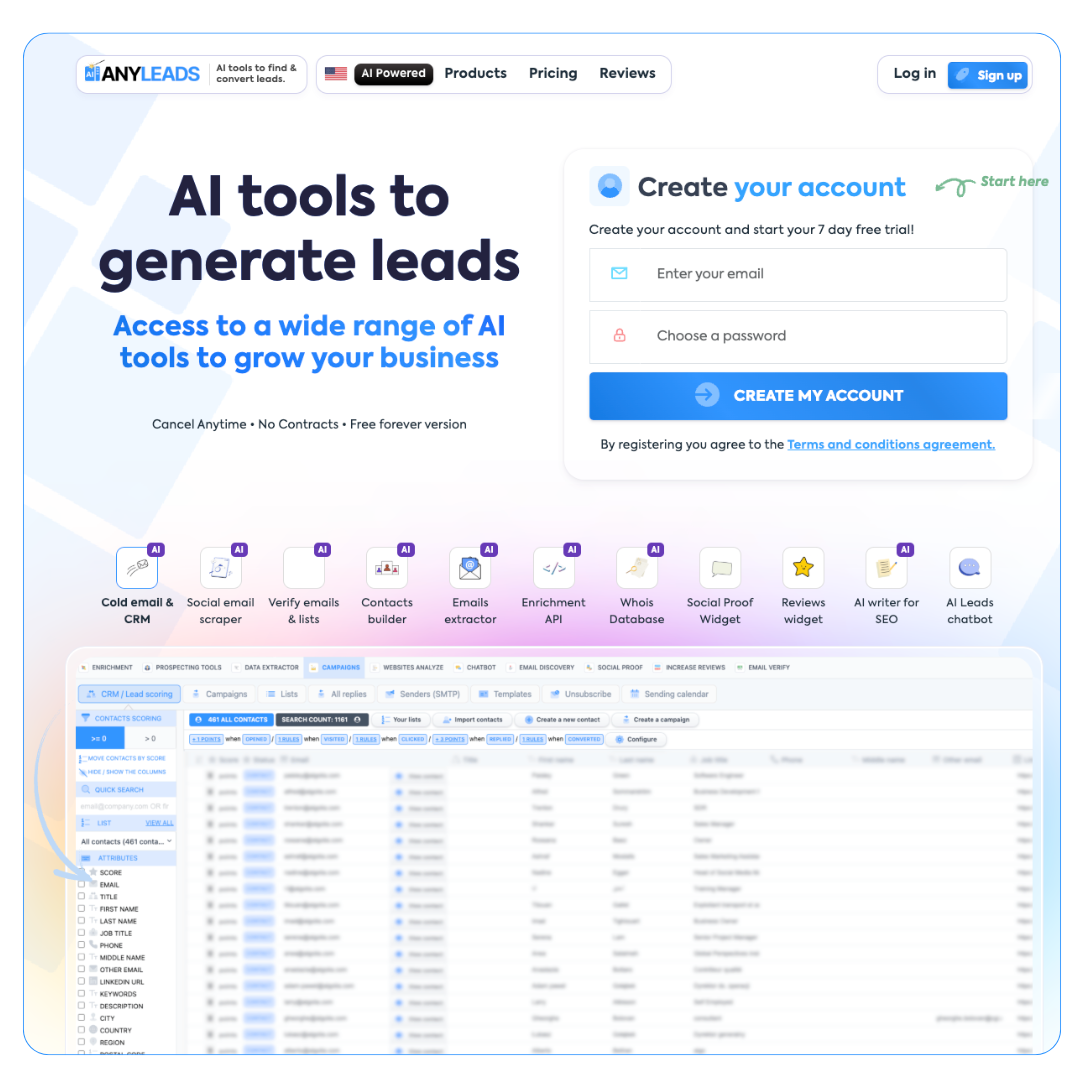
Now you know what ecommerce lead generation is, in this section, I will tell you how the lead generation process works to turn visitors into loyal customers:
Attract Visitors: Bring the right target audience to your store by utilizing SEO, social media, or blog content to capture high-quality leads who are genuinely interested in your products.
Capture Leads: Collect customer email IDs with exit-intent popups or signup forms and offer a perfect lead magnet, such as a free guide or discount, to encourage signups.
Nurture Prospects: Send email campaigns with personalized tips, product recommendations, and valuable content to build trust and gradually turn your first-time visitors into loyal customers.
Convert Customers: Encourage potential leads to purchase with limited-time offers or tailored product suggestions, and track their customer journey to maximize future sales.
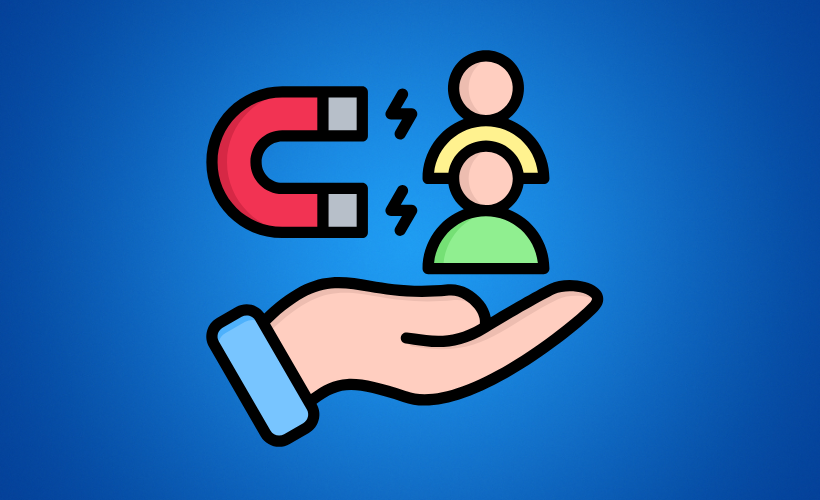
You might be wondering why eCommerce lead generation really matters. Now, I will explain why it’s crucial for your store’s growth.
Builds a Sales Pipeline: Capturing the ideal eCommerce lead keeps a steady flow of potential customers. This ensures you always have prospects to nurture.
Encourage Brand Loyalty: Sharing helpful content and offers improves your customer retention rate. Loyal customers are more likely to buy again and recommend your store.
Increases Conversion Rates: Clear product descriptions help visitors understand your products. This makes them more likely to complete their first purchase.
Supports Targeted Marketing: Collecting key contact information allows you to reach the right audience with personalized messages. This improves the effectiveness of your campaigns.
Generates More Traffic: Using guest blogging, SEO, and digital tools like the best QR code generator helps attract more visitors to your store. More traffic increases the chances of finding qualified leads.
Improves Customer Engagement: Sending an email newsletter or sharing personalized content keeps your audience interested. Engaged visitors are more likely to take action.
Boosts Potential Sales: Showcasing new products and including user-generated content attracts buyers. This helps increase your potential sales.
Optimizes Website Performance: Tracking bounce rates and analyzing site pages shows what works and what doesn’t. This helps visitors take specific actions that lead to better results.
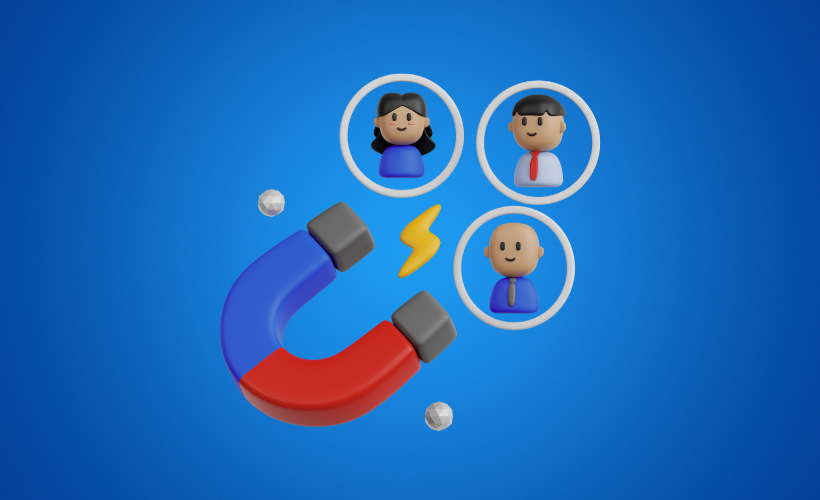
Before you can generate leads effectively, you have to know who your qualified leads are. Now, I’m going to explain how to identify them for your store.
Target Audience: A qualified lead is someone in your target audience who is genuinely interested in your products. They match your ideal customer profile and are likely to engage with your store.
Engaged Visitor: This is a visitor who interacts with your site pages or product listings. Their actions show they are seriously considering your products.
Contact Provided: A lead shares their key contact information, like email or phone number. This allows you to follow up and guide them toward a purchase.
Newsletter Subscriber: Someone signing up for your email newsletter shows interest in your brand. You can use this to build a long-term relationship with them.
Action Taker: A lead takes specific actions, like adding items to the cart or downloading a free guide. These actions show a higher intent to buy.
Content Engaged: Qualified leads interact with your personalized content, blog posts, or videos. Their engagement makes them more likely to convert.
First Buyer: A lead likely to make their first purchase shows strong interest in your products. Converting them sets the stage for repeat business.
Ideal Lead: Your ideal eCommerce lead fits your target profile in behavior and interests. They bring the most value and contribute to your long-term growth.


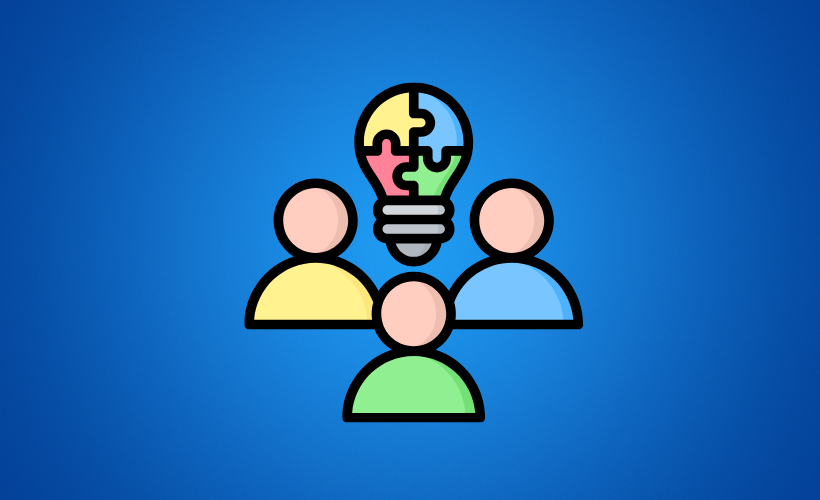
Now, it’s time to dive into the main part of this blog. Here, you’ll learn the top strategies that can actually help you capture more leads and grow your store.
SEO for WooCommerce helps your website show up higher in search results and brings visitors who are interested in your products.
For example, if you run a skincare store, optimizing a page for “best anti-aging cream” brings people ready to buy.
Adding a newsletter signup or lead form to your SEO strategies can turn your visitors into leads. Good SEO helps you increase your email list and improve conversions.c
Content marketing creates blogs, guides, or videos that educate your audience and show the value of your products. It helps attract visitors who are genuinely interested in what you sell.
For example, if you run a fitness store, offering a “7-day home workout plan” encourages visitors to sign up with their emails.
Collecting this information turns them into eCommerce leads you can nurture and convert them ultimately.
PPC ads target people who are actively searching for your products and bring visitors who can become eCommerce leads.
For example, if you run a phone case store, running Google Ads for “custom phone cases” can get visitors to share their emails or sign up for your offers.
PPC is an effective way to capture leads fast and reach the right audience. It also helps you grow your list of potential customers.
Social media marketing connects you with potential customers on platforms like Instagram, Facebook, or TikTok and helps turn them into leads.
For example, With BotSpace, eCommerce stores can automate conversations on Instagram and WhatsApp. When someone comments, messages, or replies to your Story, they will instantly receive personalized offers, product links, and collects their contact as a potential lead.
This strategy builds brand awareness, drives more high-quality leads, and increases traffic to your store. It’s about turning followers into paying customers over time.
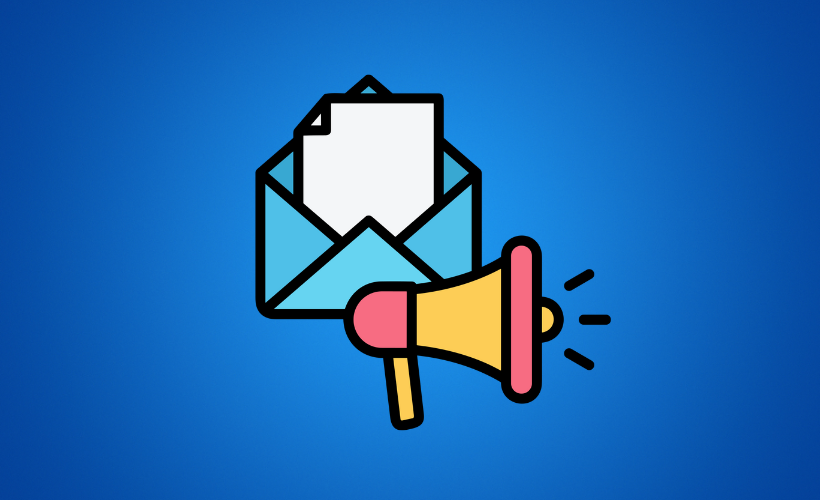
Email marketing lets you talk directly to your audience and turn visitors into eCommerce leads. You can guide them step by step toward making a purchase.
For example, if you run a cosmetics store, sending new product announcements or tips can get your visitors to share their emails or sign up for special offers.
Emails also reach customers on mobile devices, so you can stay connected anytime. By sending helpful and relevant messages, you build trust and grow your list of high-quality leads. You can also use eCommerce email marketing automation to send targeted campaigns, recover abandoned carts, and nurture leads automatically without extra manual effort.
CRO improves your eCommerce website and landing pages to turn more visitors into leads. It makes it easier for them to take action and share their contact info.
For example, you can offer a guest checkout helps visitors complete purchases and sign up for newsletters or special offers. This captures leads you can nurture.
CRO boosts conversions, improves user experience, and grows a list of high-quality leads. It also ensures visitors don’t leave without engaging with your store.
Discounts or limited-time deals encourage visitors to take action and become eCommerce leads. They motivate people to share their contact info in exchange for the offer.
For example, giving 20% off for first-time buyers can get visitors to sign up with their emails while making their first purchase. This captures leads you can nurture.
Discounts save visitors much time deciding and make it easier to turn casual visitors into paying customers. It’s a simple but effective way to grow your list of leads.
Influencer partnerships introduce your store to new audiences and give your brand instant credibility. They help attract potential leads who already trust the influencer.
For example, a beauty products brand working with an influencer to showcase skincare items encourages followers to sign up or check out your store. This builds both trust and leads.
This strategy expands your reach, drives qualified traffic, and generates better results by connecting you with engaged audiences who are ready to act.
Referral programs let your happy customers bring in friends and family, turning trust into potential sales. This makes it easier to reach new people who already believe in your store.
For example, giving a discount or freebie for every referral encourages your customers to share and helps you collect new customer email IDs from interested leads.
This strategy grows your audience, strengthens loyalty, and generates high-quality leads at a very low cost. It’s one of the most effective ways to expand your reach.

Lead magnets give visitors something valuable, like a free guide or checklist, in exchange for their key contact information. This helps you turn casual visitors into real eCommerce leads.
For example, offering a “Home Workout Guide” encourages signups and gives you the chance to send follow-up tips, offers, and personalized content that builds trust.
This strategy grows your email list, nurtures potential leads, and increases future sales by giving value first and earning customer attention.
Now you can be a little bit confused about which lead generation strategy will actually work for your store.
Here’s a quick guide to help you choose the right approach for your goals and resources.
Know Your Audience: You need to be clear on who you’re trying to reach. When you understand their needs, your lead generation efforts become far more effective.
Match Goals with Efforts: If you’re after quick results, PPC or discounts can work well. But if you want steady growth, SEO and content marketing will pay off long-term.
Check Your Resources: Some strategies take much time and money, while others are easier to start. Pick the ones that fit your budget and current setup.
Test and Improve: Not every strategy will work the same for your store. Start small, track results, and scale the ones that generate high-quality leads.
Use the Right Channels: Focus on the social media platform or search engine your audience actually uses. This way, you don’t waste time chasing the wrong people.
Balance Quick Wins & Long-Term: Discounts and deals can bring you fast leads. But SEO and content will keep generating results even when you’re not spending.
Track Your Data: Watch your bounce rates, conversions, and signups closely. Data will show you what’s really working for your store.
Think About the Customer Journey: Guide people from their first visit to their first purchase. A smooth journey makes it easier to turn your visitors into loyal customers.
Generating leads for your eCommerce store isn’t just about traffic; it’s about attracting the right people who are ready to buy. With the right approach, every visitor can become a potential customer.
You’ve seen strategies from SEO to referral programs, each designed to capture high-quality leads. Not all will fit your store, but testing and adjusting will help you find what truly works.
The key is to keep your audience in mind and focus on their journey. When you provide value and guide them step by step, turning leads into loyal customers becomes much easier.
And don’t forget, leads don’t always convert on the first try. You can use the cart lift tool to help you recover abandoned carts and re-engage lost leads.


If your visitors are leaving without signing up, it usually means your calls to action or lead magnets aren’t clear enough. Try offering something valuable, like a discount or free guide, to turn casual visitors into eCommerce leads.
You want people to willingly give their emails, so give them a reason. Offering a newsletter, free guide, or special deal makes visitors happy to share their key contact information.
Not every method fits every business. Start with a couple of strategies that match your goals, PPC or discounts for quick leads, SEO or content for long-term growth, and see what brings you the best high-quality leads.
If visitors leave without buying, the Cart lift tool can help you. Combined with exit-intent popups or guest checkout, you can re-engage these leads and give them another chance to convert.
No, you don’t need to be everywhere. Focus on the social media platform or channels your audience actually uses, so your efforts are efficient and deliver better results.